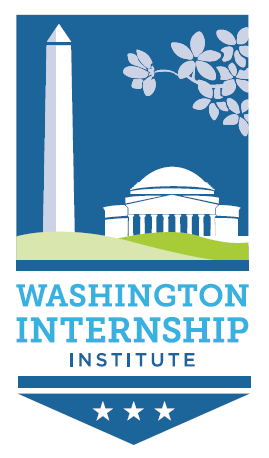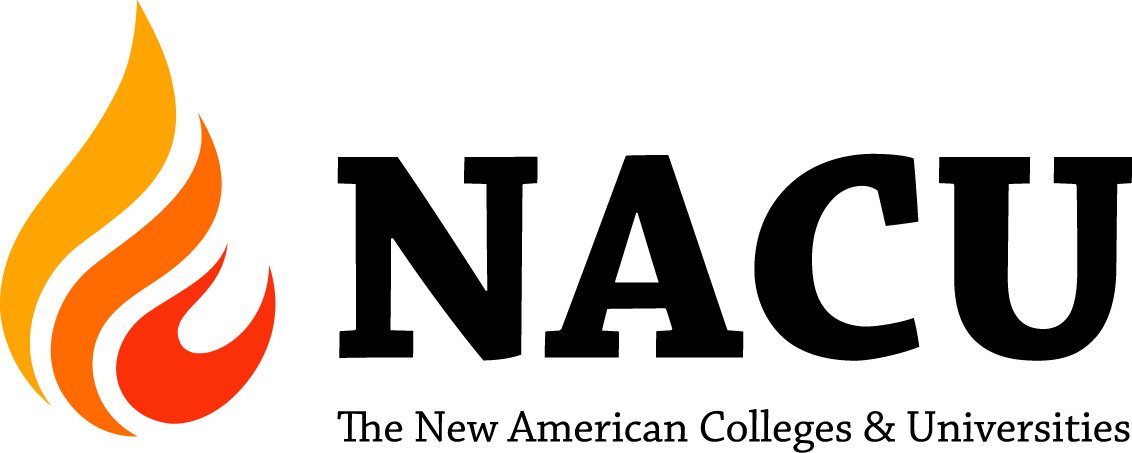Reflections on my Semester
/It’s been a month since my last day in DC. I returned home with just enough time to get myself together for all things Christmas -- from decorations to tree trimming to shopping and wrapping, and finally, the cooking (no time for cards or baking this year). I love Christmas and especially loved seeing so many of my family members over the Holidays.
Shortly after the New Year I attended the National Career Directors’ Benchmarking Group meeting. This is one of my favorite professional meetings of each year, as we informally exchange challenges and solutions, and give deep thought to issues impacting career services and higher education in general. This year we were graciously hosted by David Gaston at KU - Rock Chalk Jayhawks! Preparing for this meeting and my presentation about this sabbatical experience enabled me to reflect upon and distill my experience so that it could be shared.
My fellowship placement, the Business-Higher Education Forum, is a truly unique organization; their model of strategic business engagement with higher education institutions has resulted in the creation of amazing new undergraduate pathways into high-needs fields, benefitting students and the companies who hire them. BHEF convenes the executives, leverages the job market data, provides the thought leadership, marshals external resources, and provides the consultation and support to all stakeholders to make these initiatives successful. I think a few of my career director colleagues were green with envy, or perhaps it would be better to say inspired….
My contributions to BHEF included consultation on several of their current projects as well as conceptual discussions and writing about future strategic opportunities to create industry-infused campus experiences for undergraduates. I’ve also connected BHEF with NACE (the National Association of Colleges & Employers) to explore opportunities for collaboration and potential joint research projects. My recent doctoral dissertation on campus employment as a high impact practice helped inform several of those strategic conversations.
As for the Fellowship piece, our host, Dr. Gregory Weight, President of the Washington Internship Institute, arranged our weekly meetings. We learned about the Georgetown Center on Education & the Workforce, the National Endowment for the Humanities, the Center for American Progress, the Institute of Higher Education Policy, and other higher education entities located in our nation’s capital. We visited with AAC&U, meeting with Bethany Sutton, Tia Brown-McNair, and new president Lynn Pascarella. I found the visits and conversations about the present state and future of higher education invigorating and inspiring, despite the serious challenges we face as an industry and a nation.
Lastly, my time away from campus and day-to-day director responsibilities gave me the opportunity to do some significant professional writing. The textbook I co-authored with George S. McClellan and Kristina Creager tentatively titled A Good Job: Campus Employment as a High Impact Practice will be published by Stylus this year. So exciting to produce scholarship that can have impact on graduate students and student employment coordinators!
So as I return to Stony Brook University, I am thinking about the amazing opportunity I was given to learn, to write, to consult, and to contribute, all the while being engaged with new people, new organizations, new perspectives, and new ideas. With gratitude to AAC&U, the Washington Internship Institute, my peer Fellows, my colleagues at the Business-Higher Education Forum, and to Stony Brook University for this career-invigorating experience.
Marianna Savoca, PhD., Director of the Career Center at Stony Brook University–State University of New York, was a Faculty Fellow fall semester at the Business-Higher Education Forum.











